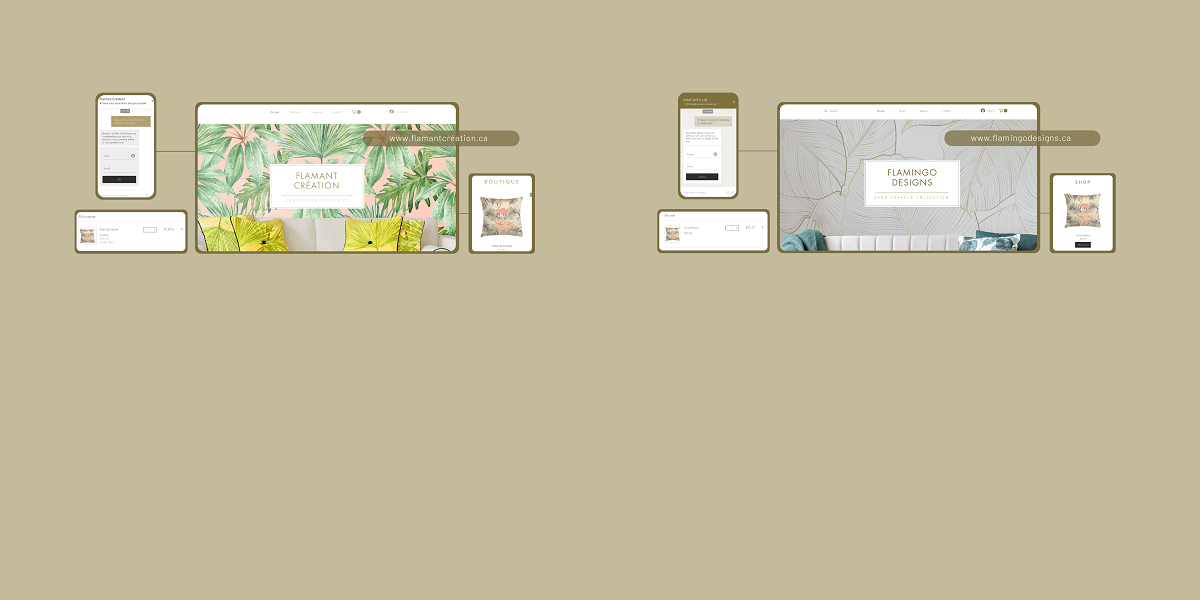
Fuel your gas station’s growth with secure payment terminals
Secure payment terminals help gas stations increase profit margins and sales and build loyalty with faster, safer checkout experiences.

A well-designed ecommerce website gives your business a competitive advantage, helping you to access new markets, obtain new customers and increase revenue at a low cost.
To help set your online store up for success, we're breaking down the transition from brick-and-mortar into ecommerce in this series of bite-sized guides.
In the first part, we laid the groundwork with a pre-launch checklist that included defining your primary audience, picking the top-selling products for your ecommerce store, and figuring out the shipping process for your orders.
Now we’re taking you through part two of how to sell online so you can set up your ecommerce website for long-term, scalable success. You’ll learn:

Did you know it takes about 0.05 seconds for users to form an opinion about your website that determines whether they like your site or not, whether they’ll stay or leave? You don’t get to make a first impression multiple times, so how you present your brand on your website matters from day one. A successful online brand can help you get new customers, while your products and commitment to customer service will help retain them.
First, your logo should be easy to recognize and follow industry standards.
From your store layout to the colour palette and logo, you've built a brand for your brick-and-mortar store. Your regular customers know what your store is all about, so now you need to ensure that your ecommerce website matches this narrative. It's essential to fuse brand consistency in your web design to make your business feel engaging and authentic.

Everything from colours and fonts to the words and layout represents your brand. However, those design elements don't need to appear cluttered. By incorporating negative/white space into your website, you give visitors room to breathe visually.
Negative/white space describes the deliberate blank areas between the various elements on a web page, which allow certain content to take center stage and guide visitors to these places of interest. By adding negative space to key messages, product images, services, and call-to-action buttons, you can increase their emphasis and draw more attention to them.
Clean ecommerce website design is vital for user-friendliness, site speed, and responsiveness. If there are too many images and paragraphs of text, not only will your website be difficult to navigate, it won't be mobile-friendly either. While a minimal design is important, typography and contrast can help to increase readability.
The first thing a visitor will do is scan the content on your website. If they have trouble reading the content, there is a good chance they will leave. There are some things to keep in mind to ensure your website is readable, including:
Ready to start building your website? Check out Moneris Online today!

Secure payment terminals help gas stations increase profit margins and sales and build loyalty with faster, safer checkout experiences.

Digital donations help Canadian non-profits raise more money, save time and earn donor trust through seamless, secure giving.

Explore Moneris’ 2025 year in review with insights on Canadian spending trends, sports-driven economic boosts, domestic tourism growth, holiday shopping behaviour and Quebec’s Bill 72 compliance.

Turn your gas station’s payment transactions into insights that improve staffing, inventory, promotions, and customer satisfaction.